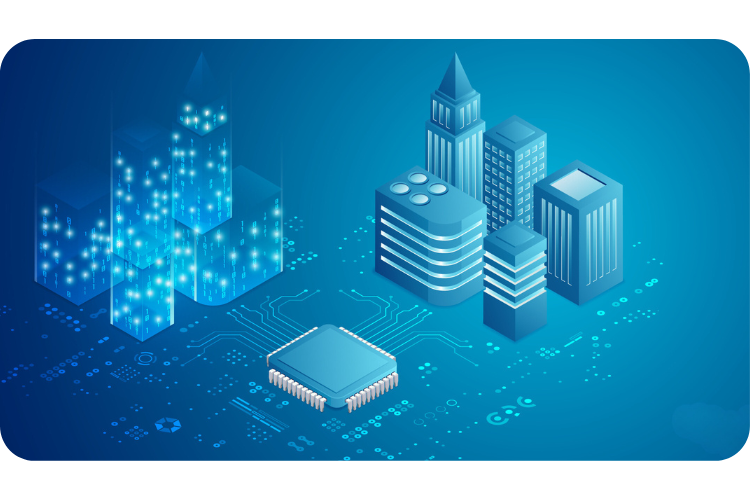Digital Twins is a technology that is radically transforming various industries, including construction.
In the realm of project management, this technology opens new horizons by bringing real-world insights into the virtual environment. So, how they can benefit Project Managers, and what challenges and considerations need to be kept in mind?
Legal status of digital twins
The legal status of Digital Twins has been enshrined in construction law by the report entitled, “Building a Safer Future – Independent Review of Building Regulations and Fire Safety”, May 2018. It was published under the Chairmanship of Dame Judith Hackitt.
This stated, among other things, that higher-risk buildings, such as residential buildings over 18m tall, must be represented.
This report has now been incorporated into different Acts of Parliament.
We believe that there will be a trend towards more building types being included in this definition as the legislation settles down.
What are digital twins?
Digital Twins refers to the virtual representation of a physical object or system, allowing for the real-time simulation, analysis, and control of the physical entity.
It should always be current and take account of changes that have occurred during the construction and the maintenance regime.
Benefits of digital twins
There are benefits for a project in having digital twins.
-
- Real-time Insights and Monitoring – Project Managers can utilise digital twins to monitor a project’s progress in real-time. Having a real-time virtual replica allows for continuous observation and assessment of every aspect of the project. The digital twin should be completed during the design phase to take advantage of these insights.
-
- Enhanced Decision Making – with digital twins, Project Managers have access to data-driven insights. They can evaluate various scenarios and outcomes virtually before implementing them in the real world. This leads to informed decision-making, reducing risks and preventing costly mistakes.
-
- Improved Collaboration – the virtual environment fosters collaboration among team members across different locations. Architects, engineers, designers, and stakeholders can all interact with the digital twin. This ensures that everyone has a clear understanding of the project and their individual responsibilities.
-
- Cost and Time Efficiency – digital Twins enable Project Managers to detect issues early in the process, leading to significant cost savings. By simulating different scenarios, they can identify optimal solutions, minimise delays, and align the project with budget constraints.
Challenges and Considerations
The following challenges and considerations should be taken into account during the creation phase:
-
- Data Integrity and Security – the effectiveness relies heavily on the quality and integrity of the data fed into it. Ensuring data accuracy and security is paramount to avoid misguided decisions.
-
- Integration with existing systems – implementing digital twins may require significant changes to existing systems and processes. This integration can be challenging and time-consuming but it is essential for seamless functionality.
-
- Technical Expertise – the creation and management of digital twins require specialised skills and understanding. Project Managers may need to invest in training or hire experts to leverage this technology effectively.
-
- Ethical Considerations – there may be ethical considerations concerning privacy and data ownership. Transparency with all stakeholders about how data is being used is crucial to maintaining trust.
Conclusions
Digital Twins offer a transformative approach to project management. By creating a dynamic virtual replica of a project, they allow Project Managers to have unprecedented control and insight into every aspect of their projects.
However, the implementation of this technology is not without challenges. The success in project management depends on careful planning, a deep understanding of the technology, and a focus on data integrity, security, and ethics.
For Project Managers willing to invest in this innovative technology, the potential rewards are substantial. Enhanced efficiency, cost savings, and the ability to make more informed decisions position it as a valuable tool in the modern Project Manager’s arsenal.
Embracing Digital Twins represents not just an adoption of cutting-edge technology but a step towards more resilient, flexible, and intelligent project management.
If you’re interested in reading more about how digital innovations are changing the project management landscape, have a read of our Estates Visualisation guide or read one of our recent blogs about how the construction industry is evolving.
